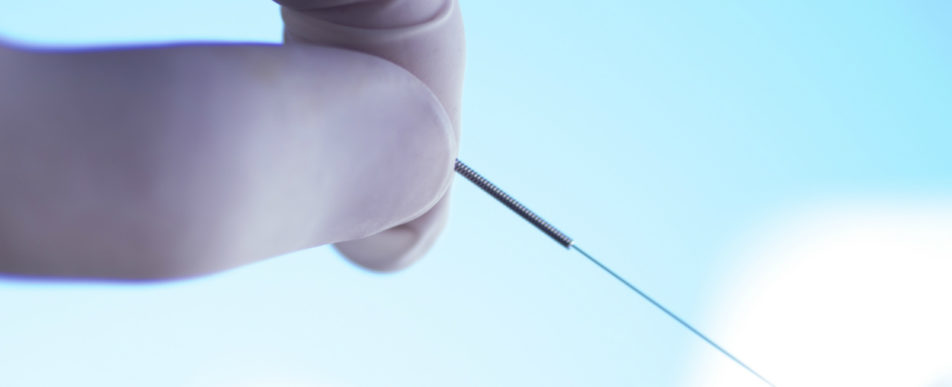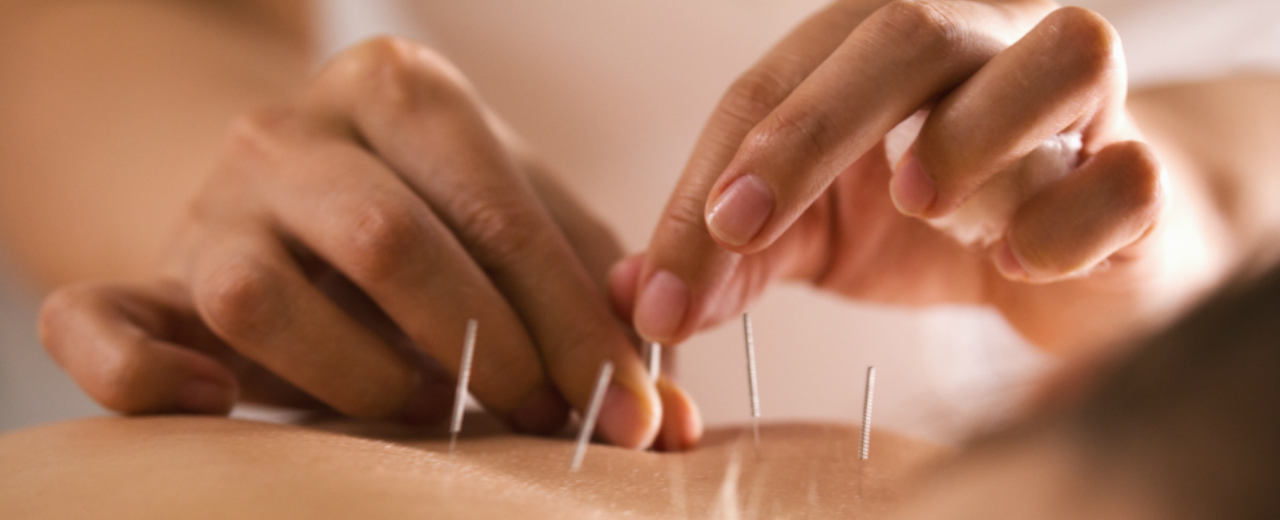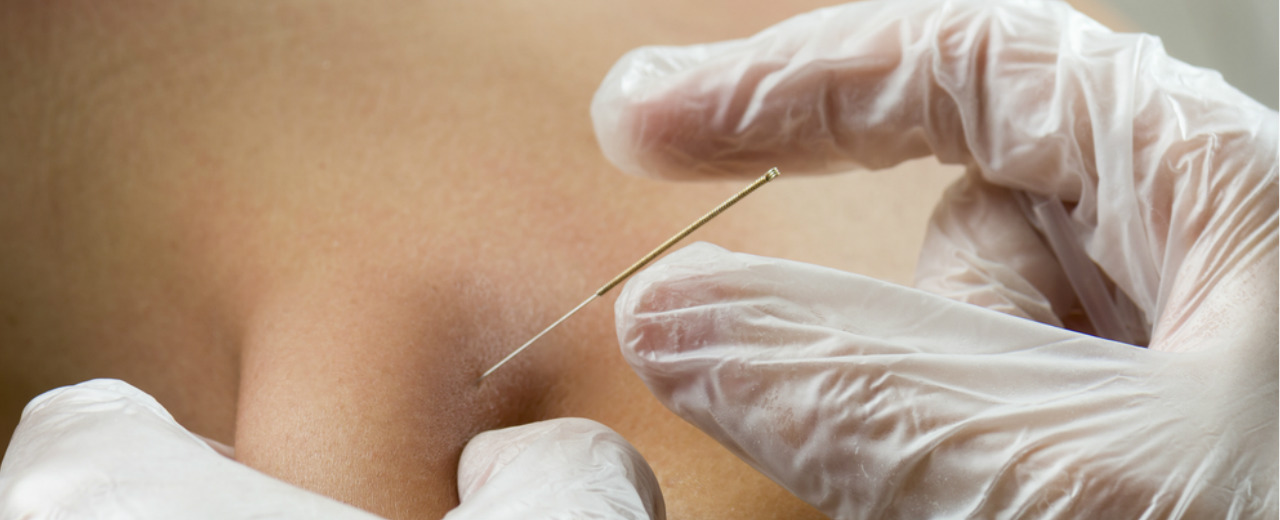Acupuncture and dry needling are techniques used by allied health professionals. They involve inserting a very fine needle into various points in the body. While the technique of using a needle into the body is similar in each technique they actually have very different philosophies and outcomes.
So, here we go – dry needling vs acupuncture:
Acupuncture
Acupuncture has been around for centuries and was developed as a branch of traditional Chinese medicine. In acupuncture, a fine needle is inserted into various acupoints in order to assist with the flow of chi along the meridians and also to assist with blood circulation. Acupoints are points that are believed to have a connection to various organs. The use of needles to assist with chi flow is believed to help with organ function, energy levels and illness. An acupuncture session will be performed by a traditional Chinese medicine practitioner and will generally take 45-60 minutes.
Dry Needling
Dry needling is a variation of acupuncture which was developed to aid to myofascial trigger point pain. In dry needling, the same fine acupuncture needles are inserted into the tight trigger point area of the muscle. The needles may elicit a twitch response in the muscle as the trigger point is released. Dry needling is used to assist with tight muscles, sports injuries or muscle strains. This technique is popular with athletes, gym goers or people suffering for tight, inflexible muscles.
Dry Needling with Dr Miki Humphrey
In my clinic, I use dry needling to assist with releasing tight muscles. I find this works well alongside chiropractic adjusting to allow the body to release areas of tension. I have also had acupuncture in the past and highly recommend it as well.
If you would like more information about dry needling, please contact us. To book your first appointment, simply click the link below:









